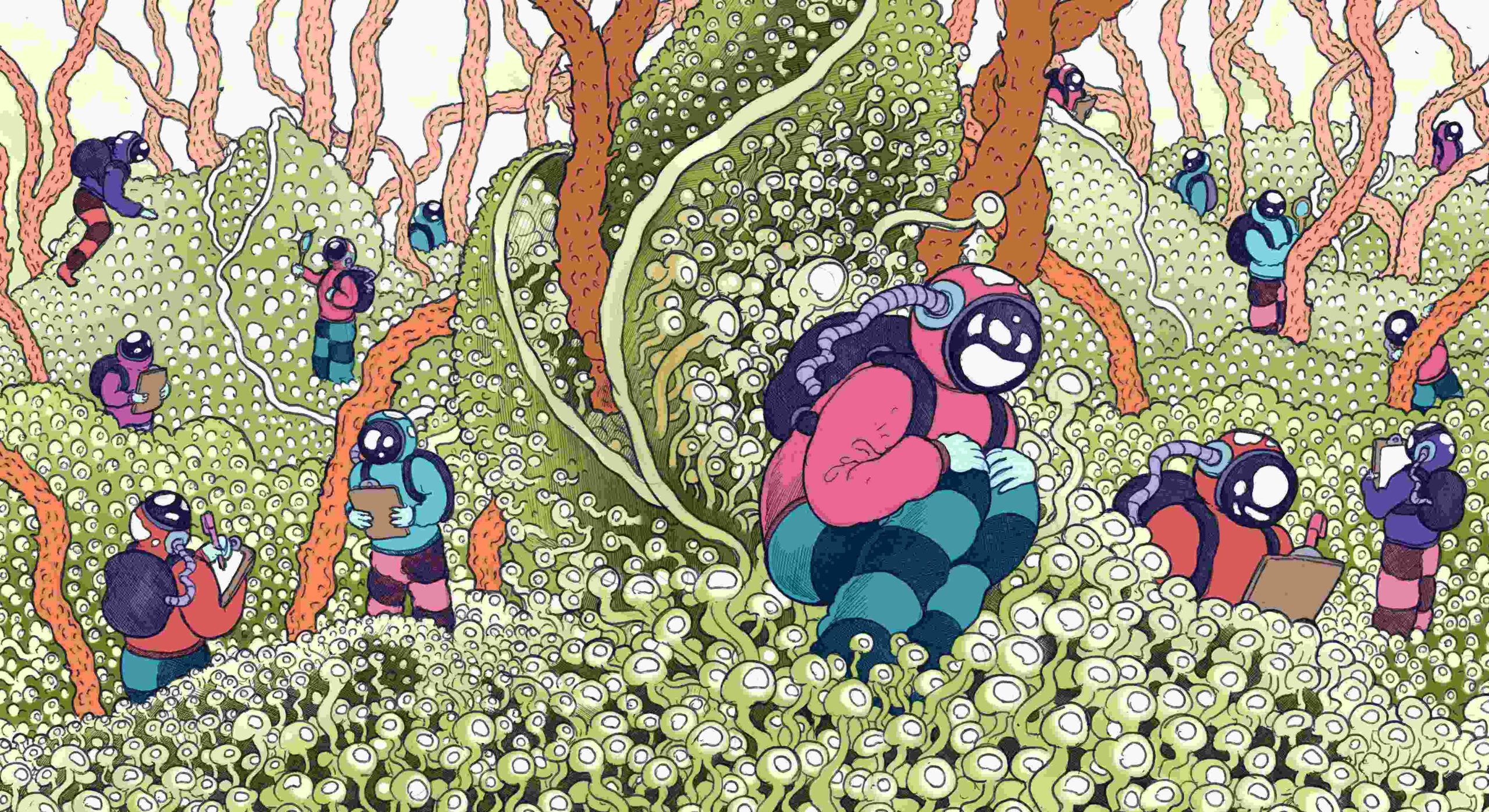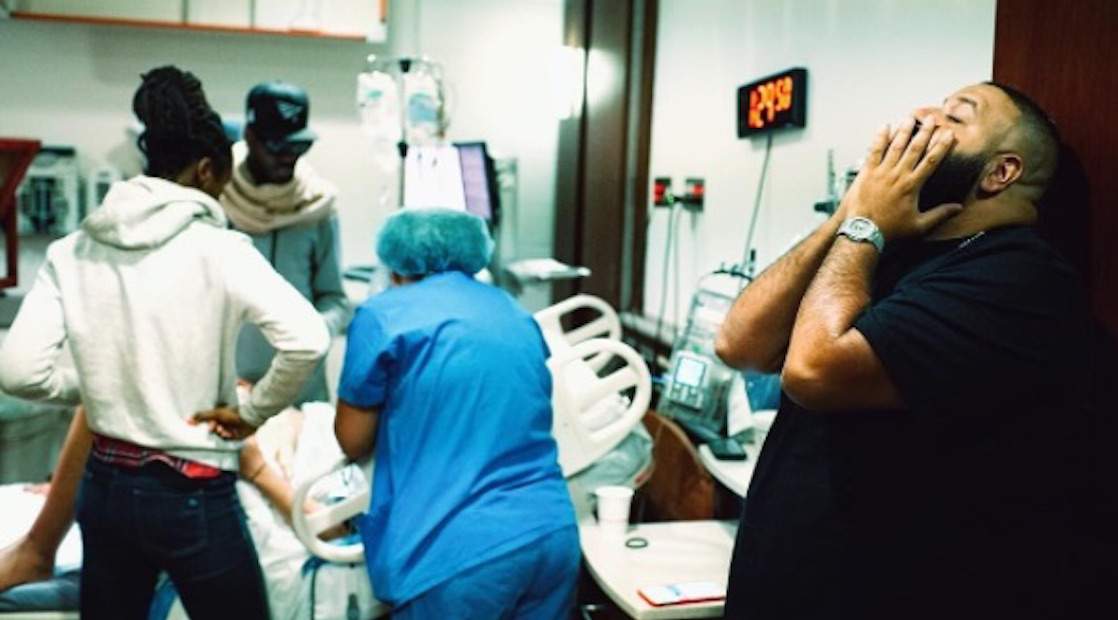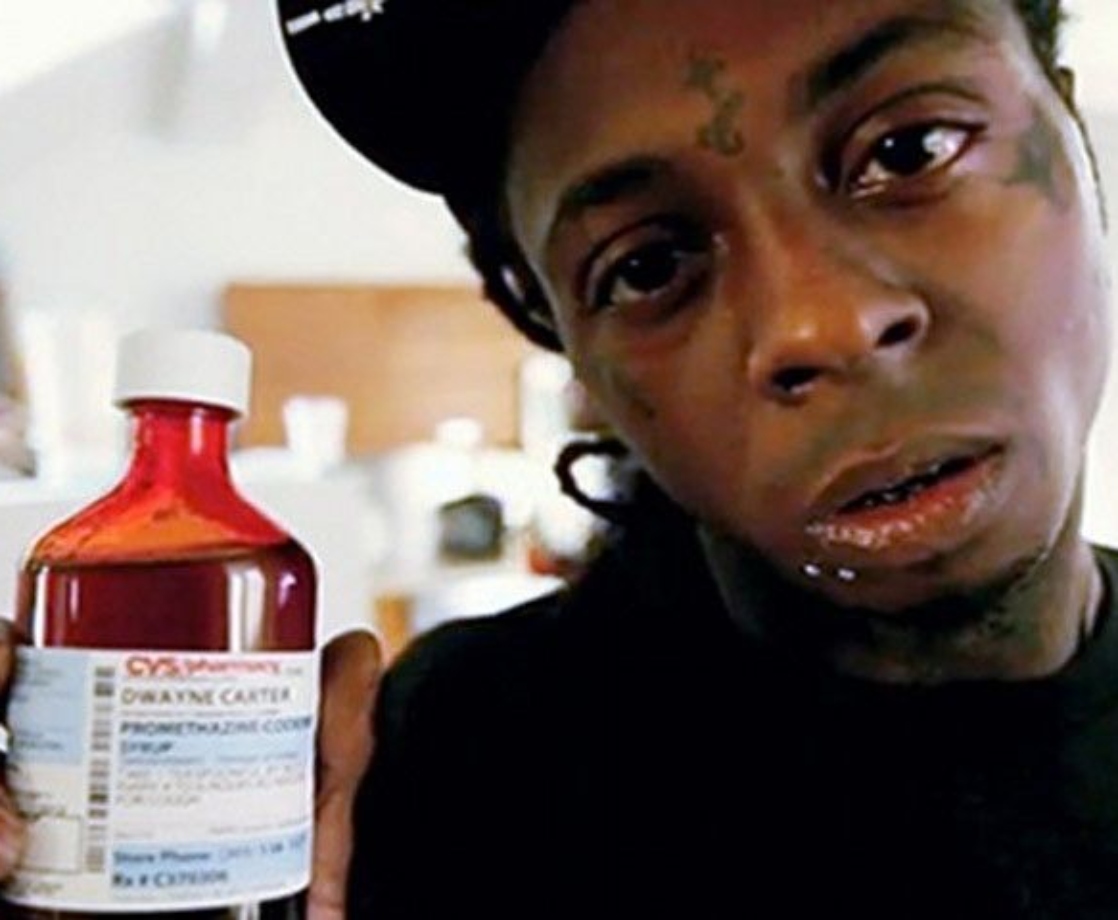The federal government's restrictions on cannabis have hindered American scientists from studying it in depth. However states that legalized weed on their own are not just "laboratories of democracy," as Hillary Clinton called them, but also actual laboratories of cannabis research.
A number of private cannabis testing labs in marijuana-legal states have taken on projects and clients, with the ultimate goal of documenting strains, fostering greater reliability and predictability in cultivation practices, and for some, getting to the bottom of the largely unknown genetics of cannabis. But while each of these private labs has made strides in their own right, a lack of collective communication among them has fostered something of a ‘space race’ — an unspoken contest to learn the most possible about the cannabis plant.
The notion of competition should be taken with a grain of salt, though. No lab has explicitly admitted to competing with other labs, and the majority say their primary purpose is to serve clients such as cannabis farmers. Moreover, not every lab operates within the same field of research. Most labs fall into one of two categories: those that analyze plant genetics, and those that analyze plant chemistry. And while all these labs are privately owned, a handful of them do publicly release their data.
Take for instance, the Phylos Galaxy — a public database of cannabis genetics created by Phylos Bioscience, a lab based in Portland, Oregon. Phylos builds its database by offering clients in the cannabis industry both sex and genotype tests for their plants. The sex test tells cultivators if their plant is male or female as early as seven days after germination, and because only the female cannabis plants are harvested for medicine, the test helps growers save time and money otherwise spent on soil, water, electricity, and labor.
The genotype test, on the other hand, relates directly to the Galaxy. "[Growers] give us stem material that's been washed with alcohol. By washing it, they remove the THC and cannabinoids, so now it's just a piece of stem," explains Jessica Kristof, director of research at Phylos. The lab extracts DNA from these inactive stems and sequences about 2,500 (out of 850 billion) genetic sites. The sites in the genome — an organism's complete set of genetic material — function as a barcode used to compare a sample to everything else archived in the Phylos Galaxy.

3D visualization of the Phylos Galaxy cannabis database.
Right now, the Galaxy contains genetic information on approximately 3,000 different strains, ranging from samples found in the ballast of a boat in 1879 to recent Cannabis Cup winners. Phylos collects samples from all over, so long as they originate in a legal state. (While the Controlled Substances Act specifically prohibits shipments of THC or cannabis plant material, the one catch is that you can ship ‘stock’; denaturing cannabis plants in alcohol strips away the THC.)
"The Galaxy helps you find patterns and genetic similarities between strains," Kristof says. It shows where strains have genetic overlap or where they're similar; therefore, it also helps cultivators identify clones.
The Galaxy can also help you determine if your strain is genetically rare or common, she adds. By organizing strains into six main populations (CBD, Skunk, Berry, Landrace, OG Kush, and Hemp), you can tell what percent of each population your strain is, Kristof explains. For example, say you rescued a dog of unknown origin and sequenced its genetics: the test might tell you the canine is 50 percent corgi, 10 percent chihuahua, and 40 percent terrier.
The report, however, doesn't predict exactly how your plant will turn out; it only provides statistical information on a plant's genetic potential. For instance, if a baby's mother has red hair, that doesn't necessarily mean the baby will have red hair, too. Still, the baby has the genetic potential for it, or at the very least, has genes for red hair in its DNA. Phylos' genetic report helps growers learn which strains are closest and furthest from their own sample, which helps them determine the best breeding methodology based on what they know about related strains.
Because the Galaxy is accessible to the public, and because Phylos works with the Open Cannabis Project, Kristof dismisses the idea of a ‘space race’. When growers submit samples, Phylos asks if they're comfortable with releasing data. "The only way the cannabis industry can grow is if we all have the same data and build off that," she says. "We release as much as we possibly can, including the genome itself that we've sequenced. We're not trying to compete; we've made it publicly available. When it comes to actual research, we want the work we've done to support the industry so it can grow as a whole."
That said, Phylos doesn't provide information on how to grow the strains that clients send in for testing — collaboration between labs enables that. "We've had chemical testing labs correlate their chemical profiles with our genetic information to help breeders deduce what's best for the patient," says Kristof.

Galaxy, and genetic testing more broadly, provides information on a plant's genotype, or genetic potential, while chemical profiling sheds light on the plant's phenotype, or the chemical expression of whatever that potential turns out to be. For instance, the terpenes a plant ends up producing aren’t visibile in the genotype, but do appear in the phenotype. One can't fully analyze a cannabis plant without both sets of data.
Growing techniques affect how the genetics will play out in real life. For example, during The Grow Off, a science-based competition to grow the best weed, participants start with clone seedlings of the same plant. Yet, by harvest, all the mature plants have grown to be vastly different from one another — in size, shape, yield, chemical profile, potency, and more.
For all the merits of collaboration, competition can be healthy too, says Dr. Jeff Raber, CEO of an L.A.-based testing lab called the Werc Shop, and spokesperson for the Association of Commercial Cannabis Laboratories (ACCL). "It's not 'Let's get together and figure it out.' It's 'I'm going to go my way and figure it out and we'll see where you end up,'" he says. "Competition goes both ways. Would it be faster if we all collaborated and went in the wrong direction? That's no good either. If ten people go in ten directions and they're anxious to go as fast as possible, that might be good, too."
But the best approach, says Raber, isn't just to document the cannabis plant's genetic history. "It's to move forward, to characterize it, and to understand how to use it the best way," he says. The bottom line is that cannabis testing labs aim to serve their clients and what they need; their work is still predominantly commercial, rather than academic. In and of itself, that makes them inherently competitive.
The so-called "space race," says Raber, is mainly about nailing down which composition of the cannabis plant is right for which patient. "If someone is trying to understand, 'Should I grow this for this consumer or demographic, should I produce this compound and composition for that use and that demographic?' — that's the biggest thing," he says. With the help of testing labs, cannabis breeders need to understand the relationship between genotype, phenotype, cultivation practices, and plant applications in order to grow the best possible cannabis for consumers' specific needs.
Few labs offer both genetic testing and chemical testing. Steep Hill Laboratories, headquartered in Berkeley, Ca., is one of them. "The combination is what distinguishes us," says Reggie Gaudino, biology Ph.D. and vice president of science, genetics, and intellectual property at Steep Hill. "We do a lot of collaborative research with growers. We're part of a cannabis genome research initiative with UC Davis Medical Center. Everything we do has an academic focus."

Sex testing at Steep Hill Lab
Gaudino says Steep Hill was one of the first cannabis testing labs to have DNA sequencers, allowing them to offer the first marker-assisted breeding test. "We started with a gender test, then a CBD and THC test," he says. "We have an expanding line of genetic markers that we offer cultivators, which they can use for breeding purposes." Steep Hill collaborates with academic institutions like the University of Colorado and UC Davis to disseminate certain information. "No one else offers a cannabis marker-assisted breeding program. We have about seven or eight markers that can be used to track the offspring of a crop to determine whether you'll have certain traits."
The marker-assisted breeding program is an academic pursuit to unlock cannabis' genetic code and to design breeding programs with the goal of growing better cannabis, Gaudino says. "Everyone is always looking for tastier, better product. There's also the endless race for the highest level of THC. And the people who are looking to breed high CBD strains for medicine have a lot of interest in terpenes right now," he says.
When a grower has the right marker, they can breed for strains that produce a higher level of that marker. "A lot of these things are important for being able to consider cannabis a medicine and being able to design a breeding program that would allow you to specially breed the strain that is best for a particular malady," says Gaudino. "That's what this technology offers."
The idea is not so much about mapping marijuana's genetic history, but to help breeders do a better job moving forward, he says. "The past is the past. It's there as a resource to create the future. Breeding is concerted evolution." Selective breeding is advancing evolution at a higher rate, he explains, because you're choosing traits that are theoretically the most favorable.
Gaudino acknowledges competition among labs, but many labs also offer specific programs that distinguish them.
For instance, Pure Analytics in Santa Rosa, California, has programs for potency optimization and for rapid development of high-CBD strains. "As people understand that there's more going on in the plant than just THC, they're curious and want to know more," says Samantha Miller, president and chief scientist of Pure Analytics. "You'll see the interest of the public drive more and more demand in the lab for people to develop better crystal balls, for people to make predictions about the cannabis they're growing."
People want to better determine what their plants' chemical profiles will be, or how much yield they'll grow. Labs like Pure Analytics can help growers select genetics that harbor the potential for the yield and phenotype they're looking for.
"As you see the business around cannabis become formalized, you'll see it drive more innovation techniques for strain development and isolation," says Miller. "All those things help people save time and get down to the business of what they're trying to do."
The interplay of both agricultural and medical interests is obvious — greater genetic knowledge can enable more efficient cannabis production, as well as more strains with certain, predictable effects for consumers. "The more data you have, the more clear those trends become," says Miller. "With such a wealth of data and knowledge to base analyses and recommendations on gives [growers] a high level of success."
So while coordination of all these private projects and their findings may not be in the works for the foreseeable future, it appears the commercial labs of cannabis are discovering quite a lot about their precious commodity. Without prohibition, federal engagement and funding could arguably accelerate the pace of this research and its many benefits for medical quality and agricultural efficiency in cultivation. However for now, a variety of private agents each pursuing their own lines of discovery, to paraphrase Dr. Raber, is leading to a groundswell of new information about growing and consuming cannabis, and redefining the ways we think about and use this plant in the process.
Illustrations by Allison Conway











